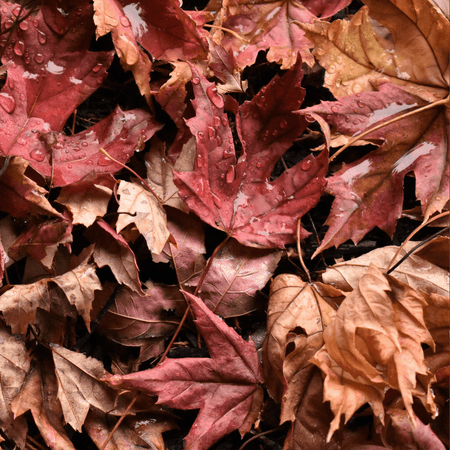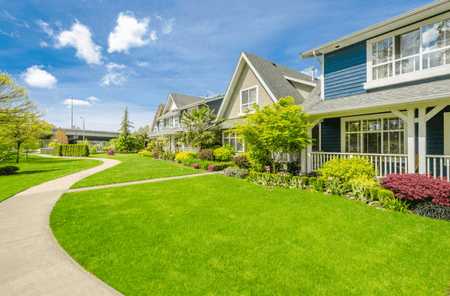What is a Pollinator Garden & How to Plant a Garden for Pollinators

What is a pollinator garden?
First things first: what is a pollinator? Bees are well-known pollinators, but 100,000+ invertebrates— including butterflies, moths, wasps, flies, and beetles—plus many mammals, birds, and reptiles also take on the pollinator job. Pollinators move from plant to plant, fueling up with pollen and nectar. As they move, the pollinators transport and deposit more pollen, fertilizing plants and allowing those plants to reproduce.

Planting habitat for the popular monarch butterfly, like this one on orange butterfly milkweed (Asclepias tuberosa) can help many pollinators.
The importance of pollinator gardens
Pollinators themselves are an important food source for other wildlife. Many mammals, birds, reptiles and amphibians eat eggs, larvae, or adult forms of pollinators, or feed them to their young. Pollinators also play a critical role in the food supply for wildlife and people!
Native plants are “key” to any wildlife garden and the first step in planting a pollinator garden. The research of Dr. Doug Tallamy and his team shows that 14% of native plants across North America (the keystones) support 90% of butterfly and moth species. In addition, North America hosts 4,000 native bees. Approximately 20% - 45% of of these bees are pollen specialists, meaning that they use only pollen from one species (or genus) of plants. If these plants aren’t available, these wildlife species go away. These and other pollinators are also responsible for supporting over three-quarters of all flowering plants and a third of the world’s food crops thanks to their pollinating powers. Planning a pollinator garden benefits wildlife, people, and our planet.
How to make a pollinator garden
A pollinator garden is a garden curated to attract and support pollinators. The best plants to plan your pollinator garden are native plants. A plant is native if it occurs naturally in a particular region, ecosystem, or habitat without human introduction, having formed symbiotic relationships with native wildlife over thousands of years. It’s best to plan your pollinator garden with native plants that will thrive in the weather, moisture and soil in your region.

Steps for planting a pollinator garden
STEP #1: GET THE RIGHT PLANTS FOR THE RIGHT PLACE
Here you are! Taking the time to understand the plants native to your area is crucial for pollinator garden success and the beginning of your steps to planting a pollinator garden. Unfortunately, a lot of what you’ll find in most local nurseries or big chain stores may not be native to your area and may be treated with harmful chemicals. If you live in one of the states we support, you can find plants grown specifically for your area on our site (shop native plants by state or by zip code). You can also take our plant finder quiz. If you're in a state we don't currently support, you can use the National Wildlife Federation Native Plant Finder tool to generate a list of plants that will work for where you're planting and then search for those locally. You’ll also want to understand if you need full-sun native plants or those for part shade. Full-sun plants require 6 or more hours of sun each day. Consider planting native plants that bloom during different seasons to support more pollinators and provide continuous blooms, and aim to reduce the size of your lawn (or eliminate it altogether), replacing it with native blooming plants.
STEP #2: PREP YOUR GARDEN
The next step for planting a pollinator garden is prepping the garden area. Prep can be done in a few different ways; however, an area can generally be prepped by clearing any existing weeds or grass all the way down to the ground and ensuring an even soil surface. If soil is compact, spread an inch of cured compost over the area and rake as smooth as possible. Using a hose, moisten the area with water. This video from National Wildlife Federation Naturalist, David Mizejewski, offers a demonstration.
STEP #3: PLANT YOUR POLLINATOR GARDEN
Consider that when planted densely, native plants can naturally crowd out weeds long term. This eliminates the need for chemical-based weed killers that could potentially harm local wildlife! Once your plants are in the ground, it is critical to water each plant at its base for 1 to 2 minutes until fully soaked. This will help alleviate stress after being handled and transplanted, as well as aid in getting rid of any air pockets in the soil. Once established/more mature, native plants will require less water to keep healthy and return each year.
STEP #4: MAINTAIN AND ENJOY
If you’re choosing native plants, you’ll already have the right soil moisture to bring blooms and pollinators back every year. Be sure to weed, but consider cutting back dead plant material in early spring (rather than in fall after the first frost) to leave resources for wildlife throughout winter. Many native bees (pollinators) make homes in dead plants in the colder months. You can check out our spring garden care tips here.
STEP #5: CELEBRATE AND SHARE
When you plant the native plant species that pollinators and wildlife depend on, you create habitat and begin to restore your local environment. Bees, butterflies, and other pollinators are on the decline worldwide, but you can make a real difference for them right outside your home with native plants. Take your pollinator garden to the next step... consider adding water sources, nesting boxes, and other features that make your garden as habitable for wildlife as possible, enhancing the habitat value of your wildlife or pollinator garden.
Now that you've built your pollinator garden, recognize your success and share with others by getting your wildlife habitat certified by the National Wildlife Federation.
Get started with planting for pollinators
Get started with planting a pollinator garden by choosing the right plants for where you live. Find native plants now.

Find Native Plants by Zip Code
We took the guesswork out of planting native. Check your zip to see what ships!


